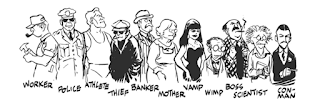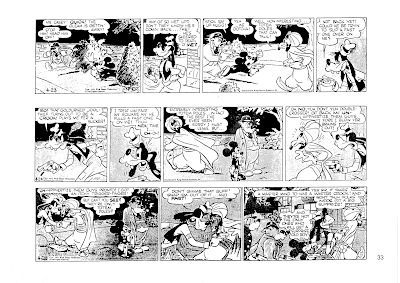Week Fourteen: The Future of Comics
Week Fourteen: The Future of Comics I was AMAZED by the comic that I chose – it was in the same format as other online comics, however this was known as a GIF comic called 'Trash Mountain', which I didn't even know existed. It's such a refresher because not only does each panel move, but it's interactive as well!! It's maybe not the prettiest drawings because they look like each of the drawings were made very sloppily with the paintbrush on Photoshop or even on Snapchat, but when thinking about creativity – this is a gold medal. It could be like a motion design thing, maybe they are just GIFs that were made on Photoshop as very short animations but that is so cool! I have to say as well, I don't know if I fully understand the comic as a whole, it's kind of just absurd and random but I think that was the creators intent to the audience in general. I also didn't expect there to be nudity in it either, it didn't cross my mind, but everything is...



